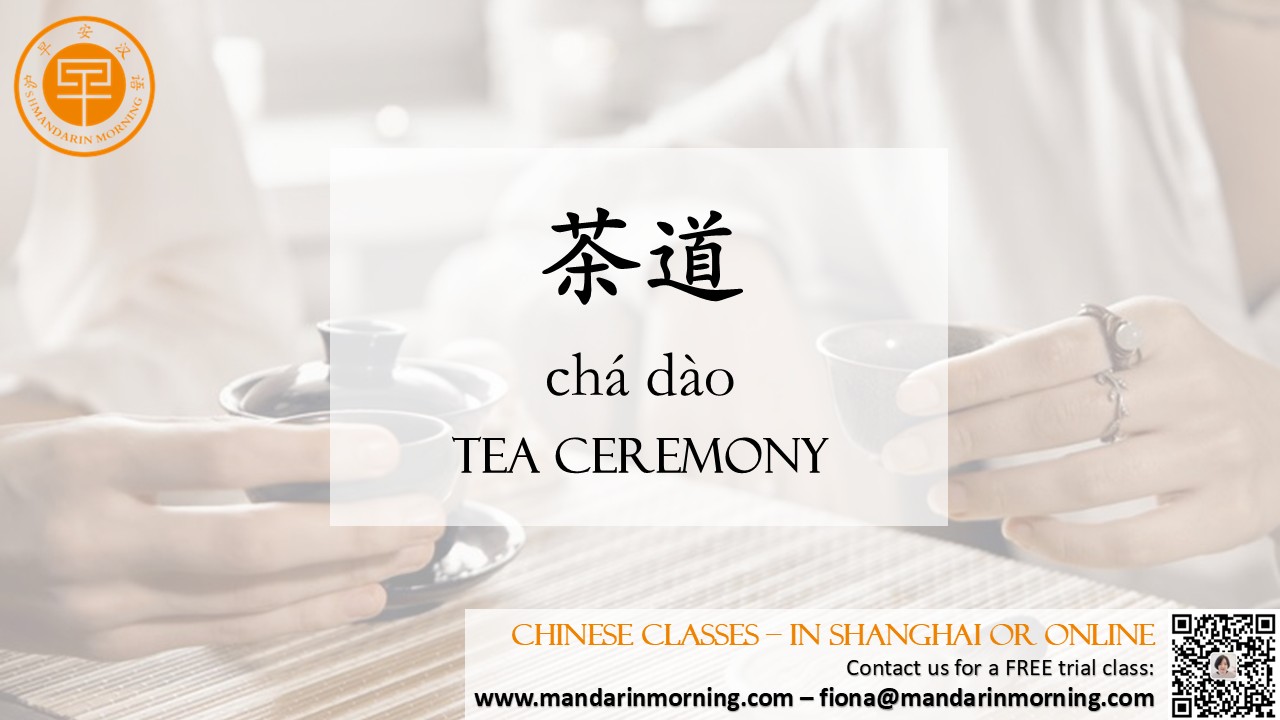In the heart of traditional Chinese culture lies the exquisite and profound art of the tea ceremony, known as "茶道" (chá dào). This ancient practice is not merely about drinking tea; it is a ritual that embodies harmony, respect, and tranquility. The Chinese tea ceremony dates back thousands of years, with its origins rooted in the Han Dynasty. It evolved over time, influenced by various dynasties and philosophies, particularly Taoism and Confucianism. The ceremony is a way to connect with nature and oneself, emphasizing the importance of mindfulness and presence. At the core of the tea ceremony is the selection of tea leaves. There are numerous types of tea in China, such as "绿茶" (lǜ chá) or green tea, known for its fresh and light flavor, and "红茶" (hóng chá) or black tea, which is rich and robust. Each type of tea has its own unique characteristics and brewing methods. The tools used in the ceremony are also essential. A traditional tea set includes a "茶壶" (chá hú) or teapot, "茶杯" (chá bēi) or teacups, and a "茶托" (chá tuō) or tea tray. These items are often made of fine porcelain or clay, beautifully crafted to enhance the aesthetic experience. The process of the tea ceremony is meticulous and deliberate. It begins with the preparation of the tea leaves and the tea set. The host, known as the "茶艺师" (chá yì shī) or tea master, carefully washes the tea leaves and the utensils with hot water. This step is called "温杯" (wēn bēi), which means warming the cups, and it helps to clean and preheat the tea set. Next, the tea leaves are placed into the teapot. The host then pours hot water over the leaves, allowing them to unfurl and release their aroma. This is known as "冲泡" (chōng pào), or brewing. The first infusion is often discarded, as it is believed to wash away any impurities and awaken the tea leaves. The tea is then poured into the cups, and the host presents the tea to the guests with a gesture of respect. The guests, in turn, take a moment to appreciate the color, aroma, and taste of the tea. This act of sharing and savoring is a key part of the ceremony, fostering a sense of community and connection. The Chinese tea ceremony is more than just a drink; it is a journey of the senses and a celebration of life. It teaches us to slow down, to be present, and to find beauty in the simple moments. Whether you are a seasoned tea lover or a curious beginner, experiencing a Chinese tea ceremony is a unique and enriching adventure that connects you to the rich tapestry of Chinese culture. |